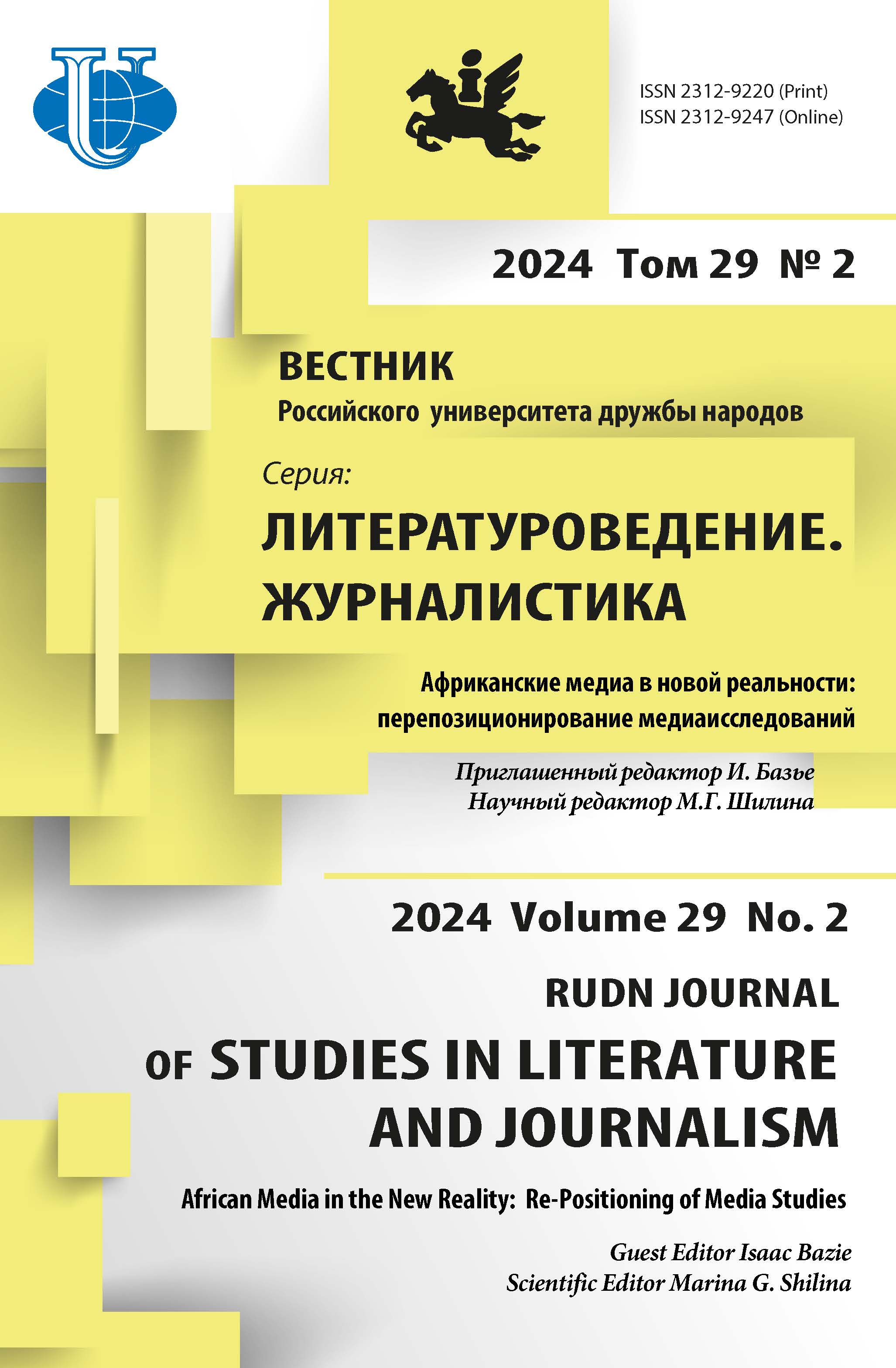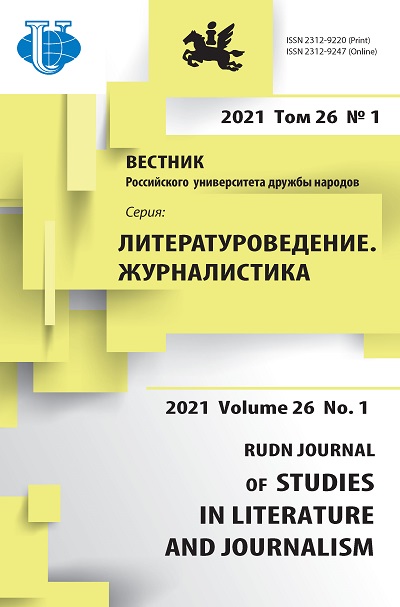The Autobiography in Paul Claudel’s MaConversion
- Authors: Bannikov K.V.1
-
Affiliations:
- HSE University
- Issue: Vol 26, No 1 (2021)
- Pages: 52-59
- Section: LITERARY CRITICISM
- URL: https://journals.rudn.ru/literary-criticism/article/view/26076
- DOI: https://doi.org/10.22363/2312-9220-2021-26-1-52-59
Cite item
Full Text
Abstract
The article deals with the autobiography of Paul Claudel in his essay Ma Conversion written in 1913 at the request of readers. The readers believe that his biography no longer belongs to him, so the experience of his conversion should be of common property. It reveals his confessional retrospective traits and self-awareness in “biographical” literary works. Different types of confession, features of preaching, self-expression and autobiography are interwoven in the essay. The language of the essay is poetic and polysemantic. Distance is manifested in many ways in Claudel’s works, from the explicit biographical author - “moi, Paul” to the literary author - “le poète”. The writer begins in a confessional, indecisive manner, but as he becomes more professional, he resorts to the “biographical author” less willingly, more often remaining on the sidelines as a literary author. There is less open reflection in the collection of works Conversations (1926-1937), so the poet discusses reality, but he does not describe his feelings and actions as he did when he was younger. Claudel's autobiography combines the sacred and the secular, while the intimate and the public act as a “preparatory” stage to a multi-volume exegetic “novel”.
About the authors
Konstantin V. Bannikov
HSE University
Author for correspondence.
Email: kbannikov@hse.ru
Assistant Professor of the Department of Literature and Intercultural Communication
30 Sormovskoe Shosse, Nizhny Novgorod, 603014, Russian FederationReferences
- Lioure, M. (1993). Claudel et l’Europe. Travaux de Littérature, VI, 285–296.
- Claudel, P. (1965). Oeuvres en prose. Gallimard.
- Grishin, E.V. (2007). Religioznaya drama Polya Klodelya: estetika i tvorchestvo [Religious dramatic art of Paul Claudel: aesthetics and creativity]. Tomsk State University Journal, (4). Retrieved March 12, 2020, from https://cyberleninka.ru/article/n/ religioznaya-drama-polya-klodelya-estetika-i-tvorchestvo. (In Russ.)
- Nekrasova, I.A. (2009). Pol Klodel i evropeyskaya stsena XX veka [Paul Claudel and the European scene of the 20th century]. Saint Petersburg, SPbGATI Publ. (In Russ.)
- Millet-Gérard, D. (1990). Anima et la Sagesse: pour une poétique comparée de l’exégèse claudélienne. Paris, Editions P. Lethielleux.
- Millet-Gérard, D. (2007). Claudel et Ivanov traducteurs d’Eschyle. Artistic Reality and Literary Concept: Collection of Materials of the International Scientific Conference ‟Linguistic Foundations of International Communication” (pp. 73–84). Nizhny Novgorod.
- Fumet, S. (1958). Claudel. Gallimard.
- Manchester, L., & Sdvizhkova, D. (Eds.). (2019). Vera i lichnost v menyayushchemsya obshchestve. Avtobiografika i pravoslavie v Rossii kontsa XVII – nachala XX veka [Faith and personality in a changing society. Autobiography and orthodoxy in Russia in the late XVII – early XX century]. Moscow, Novoe literaturnoe obozrenie Publ. (In Russ.)
- Stepina, A.N. (2012). Formal and content model of literary confession in Old Russian literature]. Bulletin of Peoples’ Friendship University of Russia. Series: Theory of Language. Semiotics. Semantics, (1), 34–38. (In Russ.)
- Bakhtin, M.M. (1979). Estetika slovesnogo tvorchestva [The aesthetics of verbal creation]. Moscow, Iskusstvo Publ. (In Russ.)
- Grevisse, M. (2008). Le bon usage. Grammaire Française. 14e. éd. Paris, Gembloux, Duculot.
- Millet-Gérard, D. (1999). Claudel-thomiste? Paris, Honoré Champion.
















